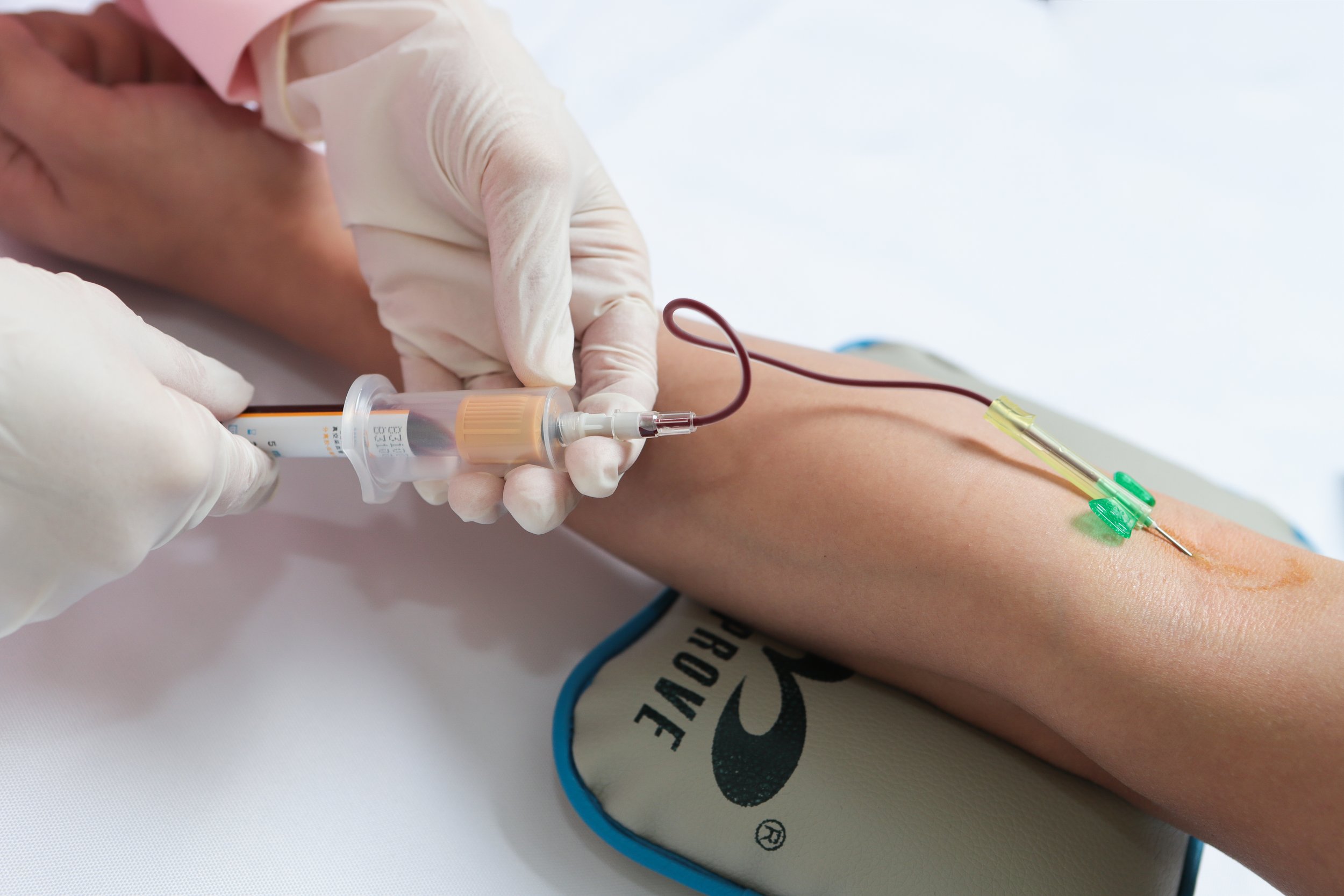The Importance of Phlebotomy Best Practices and Standards in the Medical Laboratory
Summary
- Phlebotomy best practices and standards are essential for ensuring accurate and reliable laboratory Test Results.
- Incorporating these practices into a laboratory quality plan can help improve patient safety and overall lab efficiency.
- Following standardized procedures can also help reduce the risk of errors and ensure compliance with regulatory requirements.
Introduction
Phlebotomy is a critical component of the healthcare system, as it involves the collection of blood samples for diagnostic testing. Ensuring that phlebotomy best practices and standards are incorporated into a laboratory quality plan is essential for maintaining the integrity of Test Results and providing high-quality patient care. In this article, we will explore the importance of following phlebotomy best practices and standards in the context of a medical lab in the United States.
Why Phlebotomy Best Practices and Standards are Important
Phlebotomy best practices and standards are crucial for several reasons, including:
- Accuracy: Following standardized phlebotomy procedures helps ensure that blood samples are collected accurately and without contamination, which is essential for obtaining reliable Test Results.
- Patient Safety: Proper phlebotomy techniques help minimize the risk of complications such as bruising, infection, or nerve damage, thus ensuring the safety and well-being of patients.
- Efficiency: Adhering to best practices and standards can help streamline the phlebotomy process, leading to faster sample collection and processing times, which is beneficial for both patients and Healthcare Providers.
Incorporating Phlebotomy Best Practices into a Laboratory Quality Plan
Developing Standard Operating Procedures (SOPs)
One of the key ways to incorporate phlebotomy best practices into a laboratory quality plan is by developing detailed Standard Operating Procedures (SOPs) for all phlebotomy procedures. These SOPs should outline the proper techniques for blood collection, labeling, handling, and transportation, as well as guidelines for maintaining a sterile and safe environment.
Training and Education
Another important aspect of ensuring phlebotomy best practices is providing comprehensive training and education for all phlebotomists and laboratory staff. This training should cover topics such as proper vein selection, needle insertion techniques, patient identification procedures, and infection control measures. Ongoing education and refresher courses can help ensure that staff members are up to date on the latest best practices and standards.
Quality Control and Assurance
Implementing Quality Control and assurance measures is essential for monitoring the effectiveness of phlebotomy practices and identifying areas for improvement. Regular audits, inspections, and Proficiency Testing can help ensure that all phlebotomy procedures are being performed correctly and consistently, thus reducing the risk of errors and ensuring the accuracy of Test Results.
The Impact of Phlebotomy Best Practices on Patient Care
Incorporating phlebotomy best practices and standards into a laboratory quality plan can have a significant impact on patient care by:
- Increasing the accuracy and reliability of laboratory Test Results, leading to more informed diagnoses and treatment decisions.
- Improving patient safety and satisfaction by reducing the risk of complications and errors during blood sample collection.
- Enhancing overall lab efficiency and Workflow by streamlining the phlebotomy process and ensuring that samples are processed in a timely manner.
Conclusion
Phlebotomy best practices and standards play a crucial role in ensuring the accuracy, reliability, and safety of laboratory Test Results. By incorporating these practices into a laboratory quality plan, healthcare facilities can improve patient care, enhance lab efficiency, and reduce the risk of errors and complications. It is essential for phlebotomists and laboratory staff to follow standardized procedures, undergo comprehensive training, and participate in quality assurance activities to uphold the highest standards of care and quality in the healthcare industry.

Disclaimer: The content provided on this blog is for informational purposes only, reflecting the personal opinions and insights of the author(s) on the topics. The information provided should not be used for diagnosing or treating a health problem or disease, and those seeking personal medical advice should consult with a licensed physician. Always seek the advice of your doctor or other qualified health provider regarding a medical condition. Never disregard professional medical advice or delay in seeking it because of something you have read on this website. If you think you may have a medical emergency, call 911 or go to the nearest emergency room immediately. No physician-patient relationship is created by this web site or its use. No contributors to this web site make any representations, express or implied, with respect to the information provided herein or to its use. While we strive to share accurate and up-to-date information, we cannot guarantee the completeness, reliability, or accuracy of the content. The blog may also include links to external websites and resources for the convenience of our readers. Please note that linking to other sites does not imply endorsement of their content, practices, or services by us. Readers should use their discretion and judgment while exploring any external links and resources mentioned on this blog.
